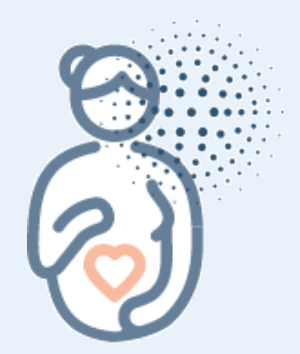Lissencephaly Precision Panel
Lissencephaly, also known as smooth brain, is a malformation of the cerebral cortex associated with an abnormal neuronal migration and development of cerebral convolutions or gyri. There can be absent gyri (agyria) or abnormally wide gyri (pachygyria) alongside abnormally thick and poorly organized cortex, diffuse neuronal heterotopia, dysmorphic ventricles and often failure of the corpus callosum to develop.





